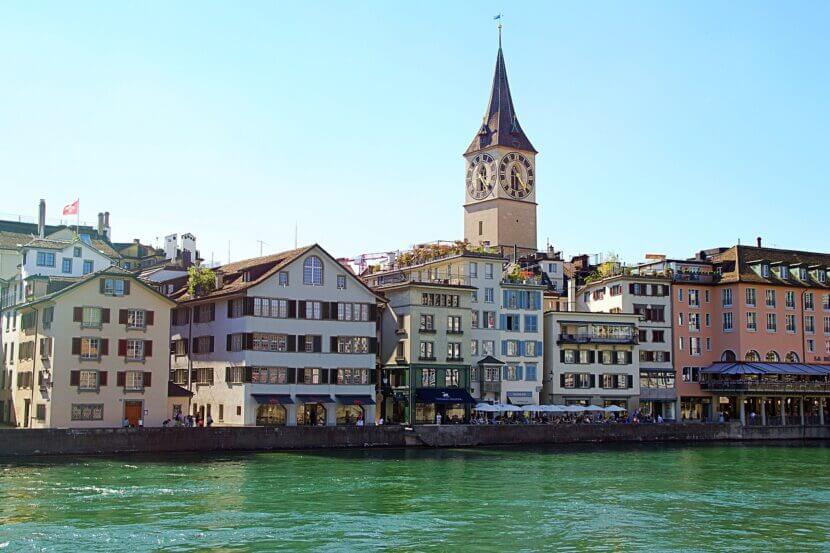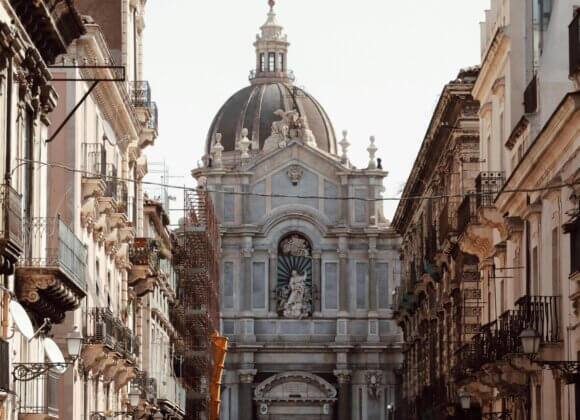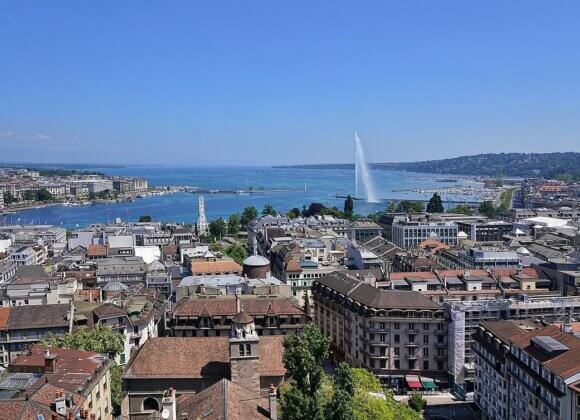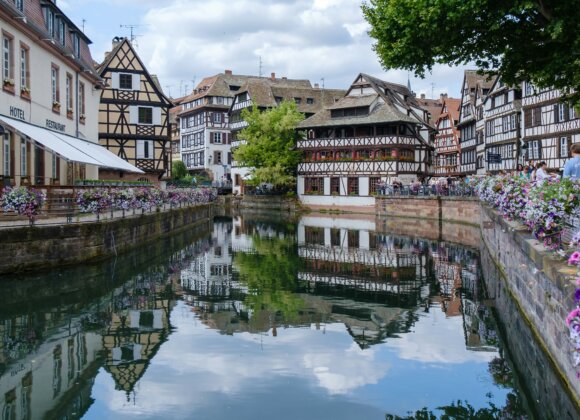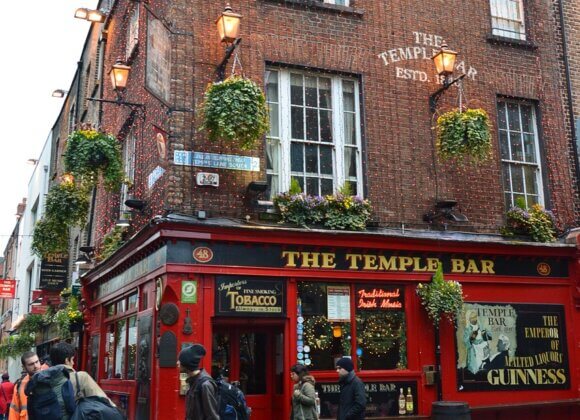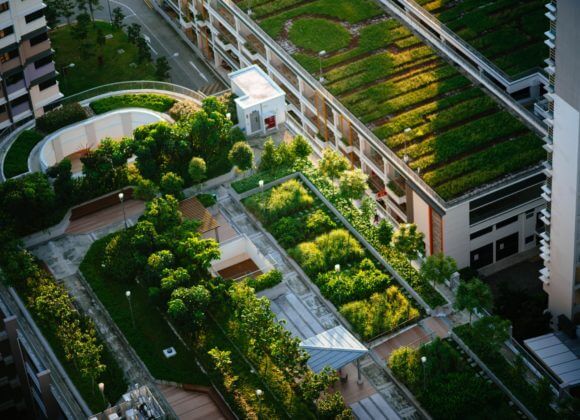The largest and most important city in Switzerland offers a fascinating mix of historic architecture and modern construction. Zurich is a prime example of a metropolis that has managed to combine its rich history with forward-looking developments.
In this series, we shed light on the architectural DNA of various cities, highlight contemporary architects and give tips on where to eat, store and take in the city. Plus: An interview on the current situation on the Zurich real estate market.
Architecture and structural engineering development
Zurich is known for its well-considered urban planning and architecture, which incorporates both traditional and modern elements. The city has developed steadily over the last few decades, which is reflected in a number of remarkable construction projects. One example of this is the Europaallee quarter, which is located directly next to the main railway station. This project shows how modern design can be seamlessly integrated into the existing urban fabric, with high-rise buildings providing both residential and commercial space.
Living style of the inhabitants of Zurich
The city is a melting pot of cultures and styles, making it an exciting and diverse place to live and experience. In urban areas, many residents prefer modern, minimalist interiors with clean lines and high-quality materials. Natural materials such as wood, stone and glass are particularly popular as they create a warm and inviting ambience. In the more upmarket districts, you will often find spacious apartments in old buildings with high ceilings, stucco decorations and parquet floors, tastefully combined with contemporary furniture and works of art. Energy efficiency and sustainability also play an important role in the design of living spaces, reflected by the use of environmentally friendly materials and technologies.
The 3 most architecturally beautiful buildings
Grossmünster: The iconic, twin-towered church is a landmark of Zurich’s Old Town and characterizes the cityscape with its Romanesque architecture.
Kunsthaus Zurich The extended Kunsthaus, designed by David Chipperfield, is an example of modern architecture that seamlessly connects to the existing historical museum and is characterized by clear lines and an open room layout.
Thermalbad & Spa Zurich Located in the former Hürlimann brewery site, this spa combines old industrial architecture with modern extensions and offers a breathtaking view of the city from the warm outdoor pools.
In Zurich, both historical and contemporary architects have played a key role in shaping the urban landscape. Some of these architects are recognized worldwide and have left their mark not only in Zurich, but also internationally.
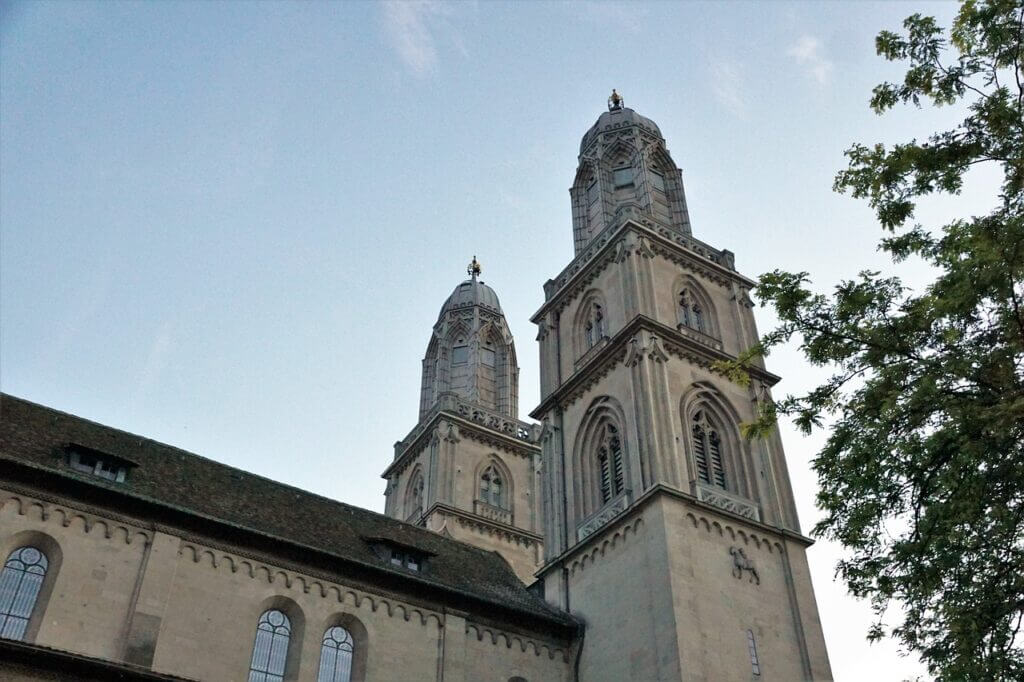
The 3 best interior stores
Home accessories: Exquisite selection of furniture and home accessories, with a focus on classic and modern Swiss design.
Circle Design Known for customized furniture – offers everything from individual shelving systems to unique lighting installations.
3. einzigart: A store that specializes in sustainable design and presents pieces by local and international designers.
The 3 best flea markets
Bürkliplatz: Every Saturday, Bürkliplatz is transformed into a lively market where antiques, works of art and vintage items are on sale.
Chancery: This flea market in the heart of the city attracts a young and hip crowd and is known for its selection of vinyl, clothing and unique finds.
Helvetiaplatz A smaller but equally interesting market offering a wide range of goods, from books to household items.
The 3 best restaurants
Kronenhalle: The city’s most famous restaurant and bar, which is regularly frequented by well-known personalities. Here you will not only find exquisite Swiss cuisine, but also a fabulous art collection featuring original works by artists such as Picasso and Chagall.
Pavilion Under the direction of chef Laurent Eperon, this restaurant in the exclusive Baur au Lac Hotel offers innovative haute cuisine.
Zunfthaus zur Waag: Authentic Swiss dishes are served in this historic building.
Interview: The real estate market in Zurich
The residential market in Zurich is hotly contested – similar to London, Munich and Berlin, it is becoming increasingly difficult to find the right property here. Does Zurich have a problem? We asked a market expert who wishes to remain anonymous.
How has the real estate market changed in recent years? The vacancy rate is said to be only 0.2 percent…
Zurich has an appeal that is quite unique. The city is currently booming – whether due to internal migration or migration from EU countries. As everyone wants to live as centrally as possible, demand has naturally gone through the roof. But – also due to various tightening of the law and the lively use of appeal options – construction cannot take place so quickly. In this respect, the vacancy rate of 0.2 percent may well be correct.
What does this mean for apartment seekers?
Of course, a vacancy rate of 0.2 percent sounds brutal at first. The doctrine says that you should have a vacancy rate of 1% for a market to function. We haven’t achieved that in Zurich for a long time. Either apartments are sold under the table or a new tenant is presented straight away – we rarely have classic apartment changes.
And what is most frequently searched for?
The home seeker adapts more and more to the circumstances. In other words, you accept smaller apartments, forgo certain features and move a little further away from the center. Another option would be to increase the budget, but this is illusory in most cases. In principle, the rent must not exceed one third of the monthly income – both tenants and landlords attach great importance to this because it provides security.
What is the rent-to-own ratio in Zurich? What are they looking for more?
There is already significantly more rent on the market because the restrictions on ownership have become relatively high in recent years. In other words, the requirements of the financing institutions. For young people, this is hardly feasible because they need “hard cash” of at least 10 percent of the purchase price. These tightening measures have been in place here for some time, since the last financial crisis at the end of the noughties or 2010s. After all, in terms of price, we are looking at CHF 10,500 to CHF 17,000 (EURO) per square meter. You can quickly reach CHF 1.7-1.8 million for a spacious 4.5-room apartment. Although it has to be said that you don’t live in the center of Zurich here, but just outside. But Zurich is very well connected, you can get to the city center quickly by public transport – that’s certainly one of the city’s plus points. For rental apartments, we are between CHF 265 and 385 per square meter. And on top of that, there are CHF 30-35 in operating costs – per square meter.
From the perspective of the real estate industry: does Zurich have a housing problem or is it fine the way it is?
It would be better for everyone involved if there were more apartments. And if the landlords were a little more flexible when it comes to the catalog of requirements. To improve their chances of getting an apartment, potential tenants today send everything from their CV to personal letters of recommendation with very private details. There is an incredible amount of work and effort behind it. We want there to be a solution and for people to feel comfortable in Zurich. There should be a certain amount of relaxation – that would help those looking for accommodation and us.
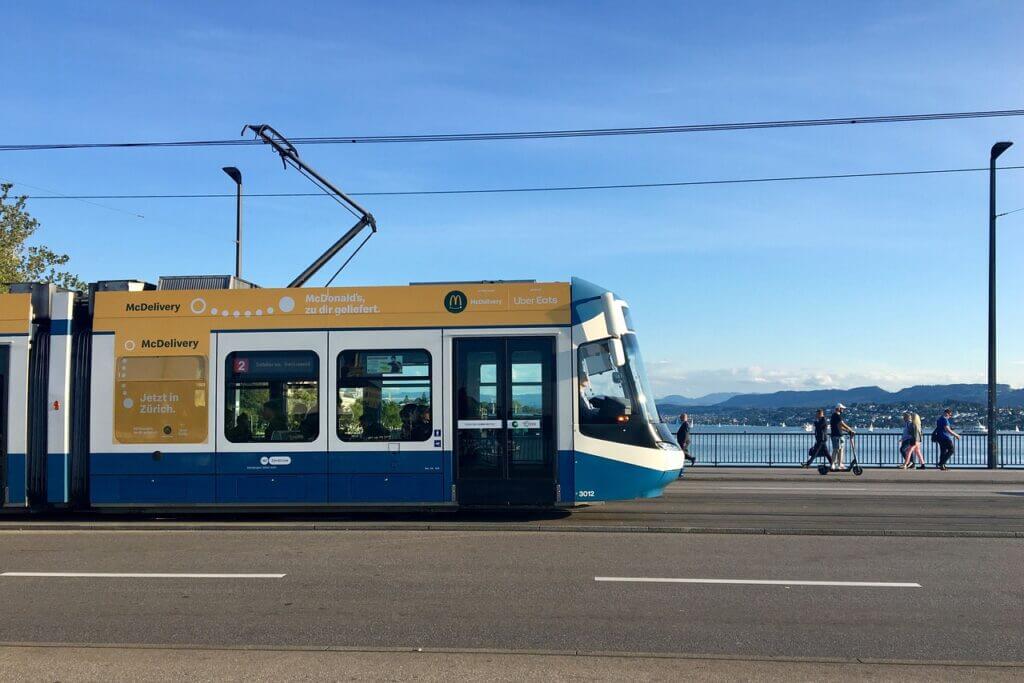
Related posts:
Vienna real estate market 2023 – rents on the rise, property loses out


